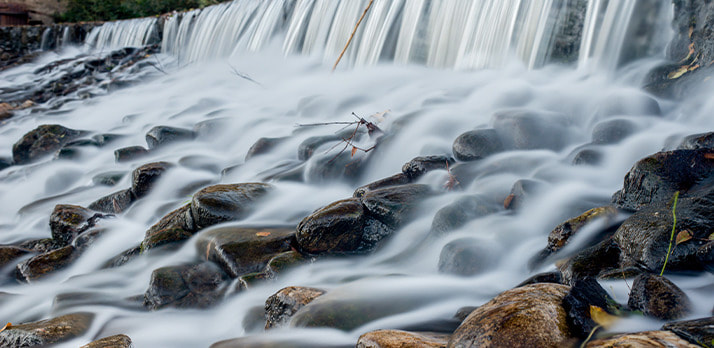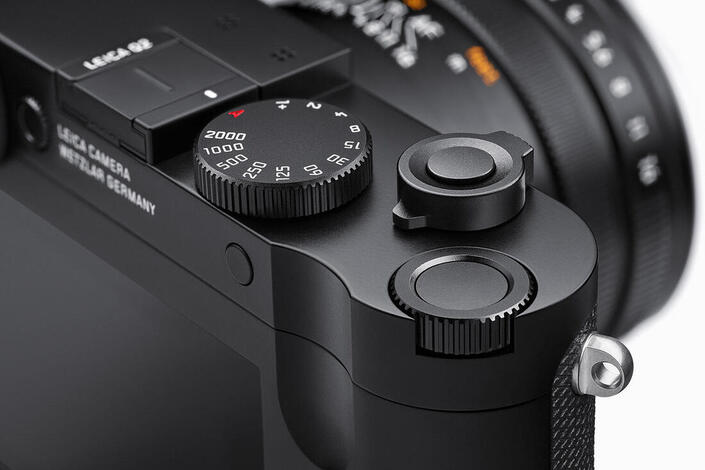Performance & Shutter Speed

Shutter speed is exactly what it sounds like. It's the speed at which the camera's shutter closes. A fast shutter speed creates a shorter exposure — the amount of light the camera takes in — and a slow shutter speed gives the photographer a more prolonged exposure. The shutter speed of a camera changes the performance of the camera. Depending on the camera's ability to capture light and motion, the performance will vary. Slower shutter speeds will help brighten darker scenes as more light is brought through the lens. On the contrary, a faster shutter speed allows the lens to open for a shorter time, resulting in a more precise, less motion-focused image - the above image is taken with a slow shutter speed.
Ergonomics and Usability

Many individuals buy cameras solely based on the camera's ergonomics and usability. A camera's ergonomics consider handling, controls, viewfinder, menu functions, and the physical interface. Handling is crucial for users who work with cameras for several hours at a time. If a camera is difficult to grip and is too heavy, the handling will be difficult. The controls, such as the aperture and shutter controls, are often desired to be easily accessible since they are the controls that change most often. Poorly placed control buttons change the ergonomics of a camera since the functionality is impaired. While not as crucial as some of the other aspects, physical interfaces can be frustrating when downloading images or viewing on a big screen. The memory card access should be simple to open and well placed, yet not positioned where it could catch and be opened accidentally.
